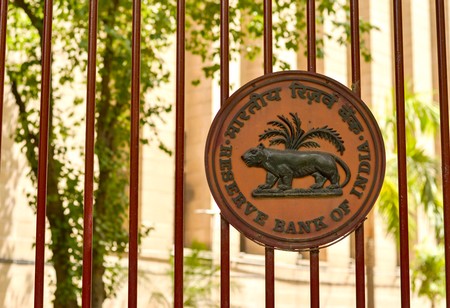
MPC Keeps Repo Rate Unchanged at 4 Percent, Reverse Repo Stays at 3.35 Percent and more in RBI's Monetary Policy Statement


CEOInsights Team, 0
Shaktikanta Das, Governor, Reserve Bank of India stated some important observations about the current economic situation, before closing his address with a quote from Socrates “We can be bitter or we can be better. We will strive to be better”. Talking about the borrowing aspect, Shaktikanta stated “RBI’s role as debt manager and banker to the government was tested to the hilt in 2020, marked by highest ever level of market borrowing, our policies resulted in lowest ever borrowing cost in 16 years”. Shaktikanta committed to doing whatever is required to maintain the stability of the financial sector. Near-term stability issued has been handled, he added.
The GDP is now estimated to contract by 7.5 percent for FY21. The RBI had estimated GDP to contract by 9.5 percent in its assessment in October. A growth of 1 percent in the Q3 and 0.7 percent in Q4 has been observed. Persistent inflation has set limits on rate cuts. There is a small window manage supply in order to break the inflation spiral, more efforts needed to control supply-side inflation pressure. Corporate earnings show
The GDP is now estimated to contract by 7.5 percent for FY21
that demand is recovering and profit numbers are going up. Recovery in rural demand is likely to materialize further in the wake of urban demand rising further.
The retail inflation has been observed at 6.8 percent in the third quarter, at 5.8 percent for Q4 FY21, and 5.2-4.6 percent in H1 FY22. The bond issuances have strengthened for those with strong credit ratings. Commercial and cooperative banks won’t go for any dividend payout pertaining to FY20.
Talking about NBFCs, Shaktikanta said that a regulatory framework review is needed. RTGS system to be made 24X7 in the next few days. From January onwards, the limit for contactless card transaction will be upped from Rs. 2,000 to Rs 5,000 per transaction. A proposal was made to issue RBI digital payment security control directions for regulated entities
A detailed regime for enhanced disclosure of customer complaints, monetary compensation for any kind of delay in redressal was also announced. The guidelines for the proposed Digital Payment Security Control is likely to be made public shortly. Shaktikanta also stated that the positive economic impulses are up against a rise in infections in some areas.
High-frequency indicators showed signs of economic activity picking up in October in the wake of festive action and inventory drawdown. Some of these positive signs tracked forward to November, even as there were indications that demand could be slowing down a bit.
Talking about the RBI Policy Sanjay Kumar, CEO & MD, Elior India stated “The RBI announcement comes in on expected lines and signals the revival in the economy. What will be interesting to observe is the net credit outflow that takes place over this quarter. At the same time, RBI has been a bit benign in terms of monitoring inflation indicating that it could live with some inflationary pressures in the coming quarters. We expect that this would be its continued stance going into the budget and now hope for a fiscal stimulus in 2021”.